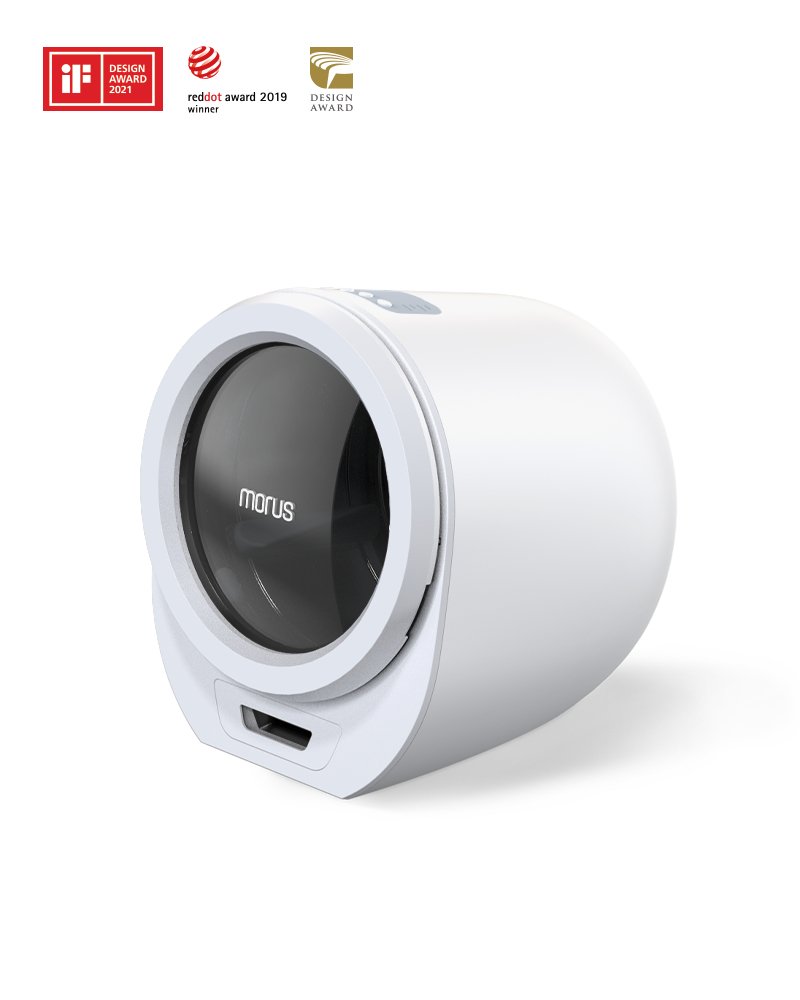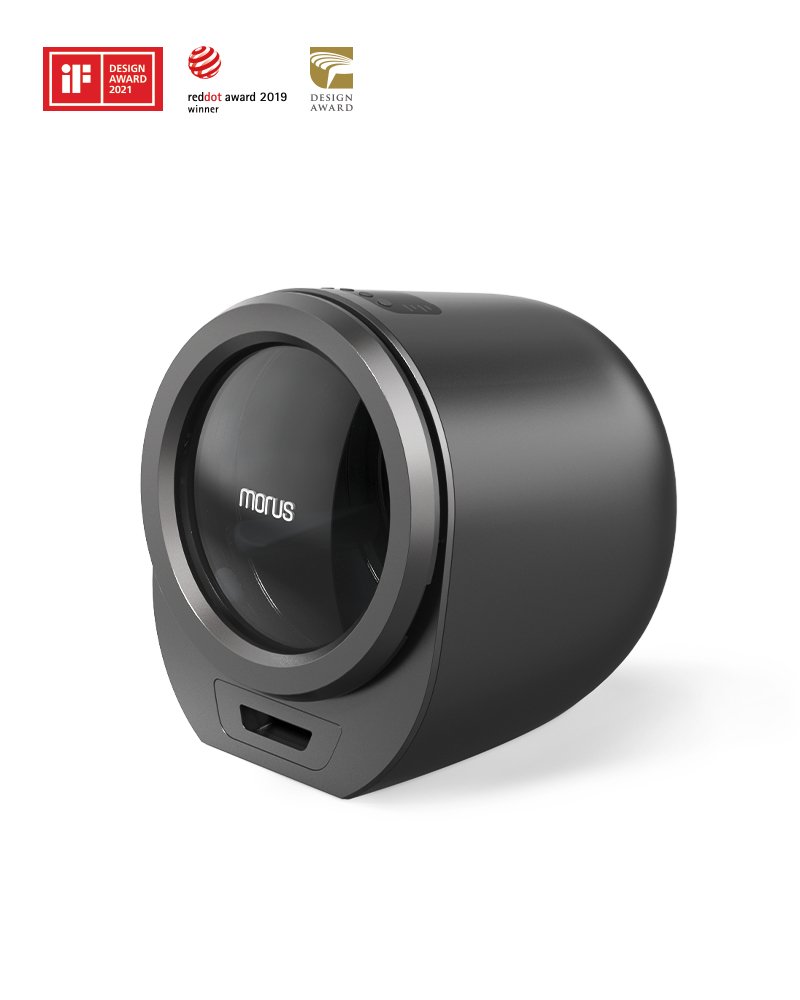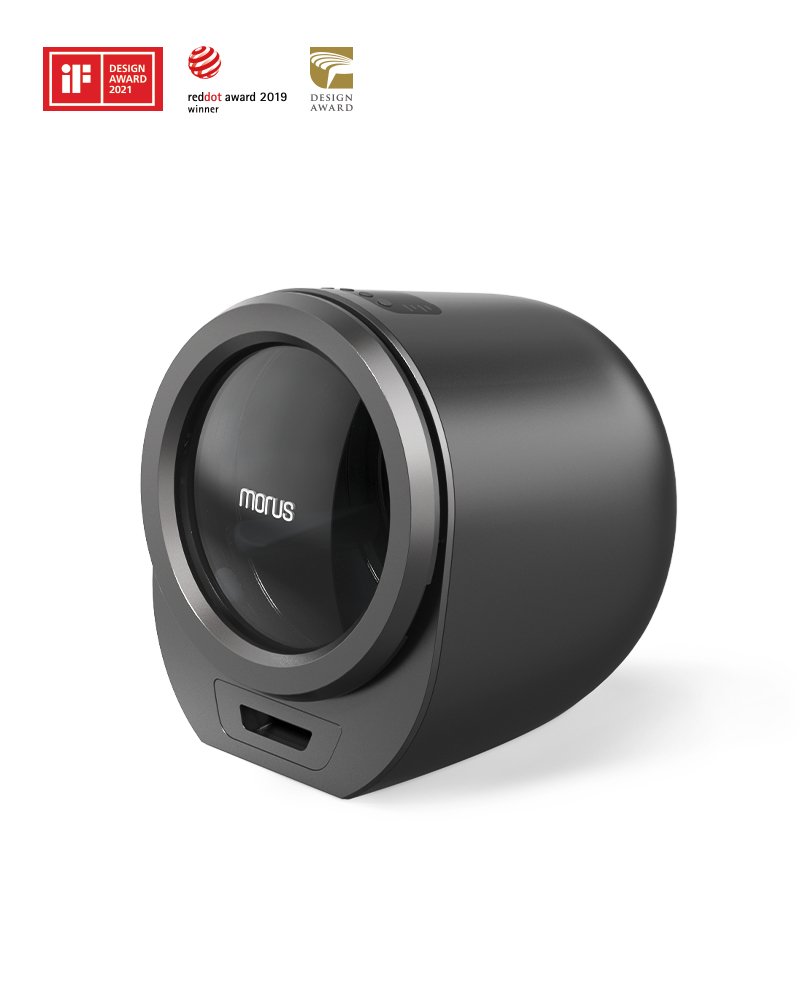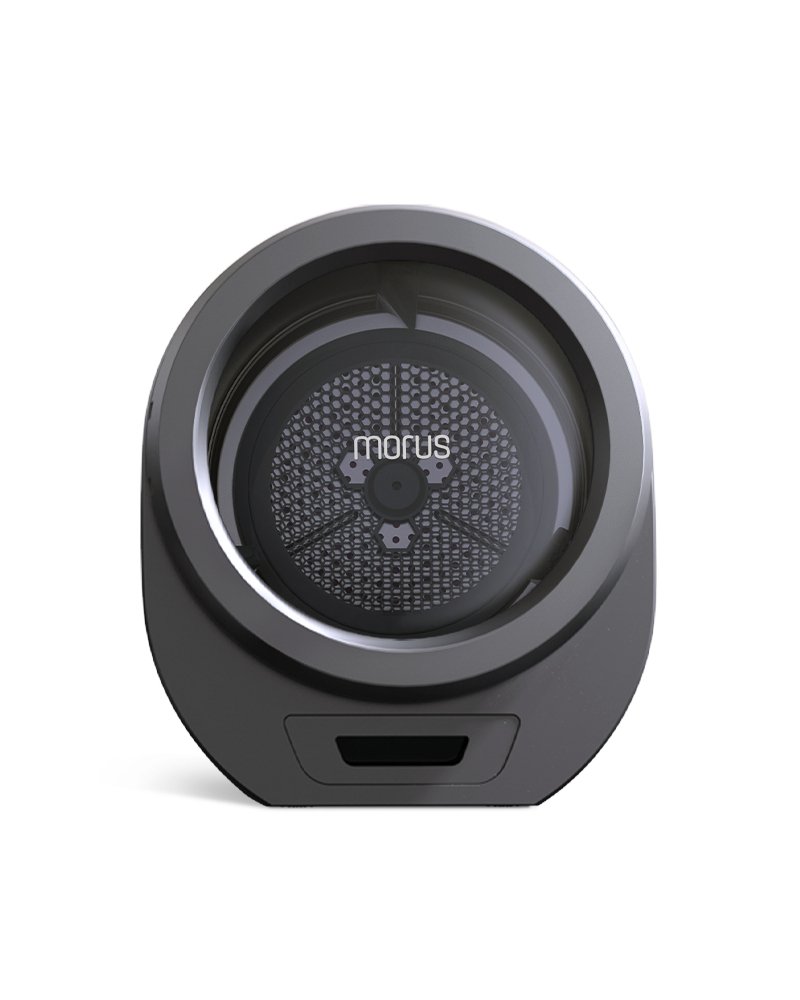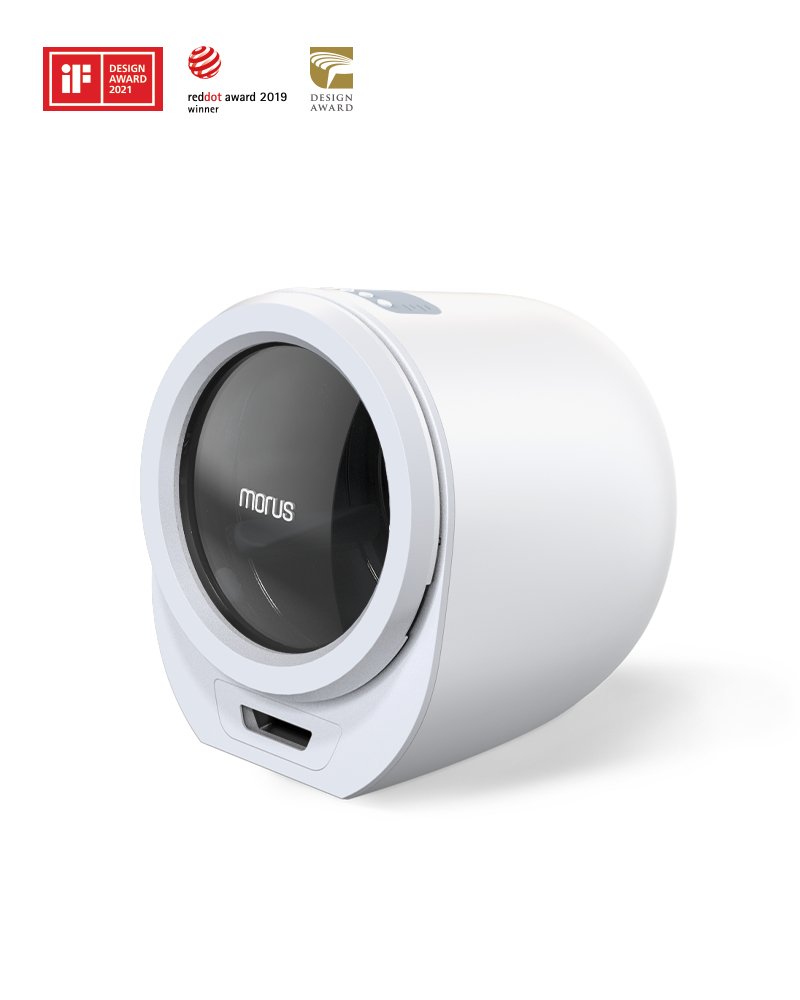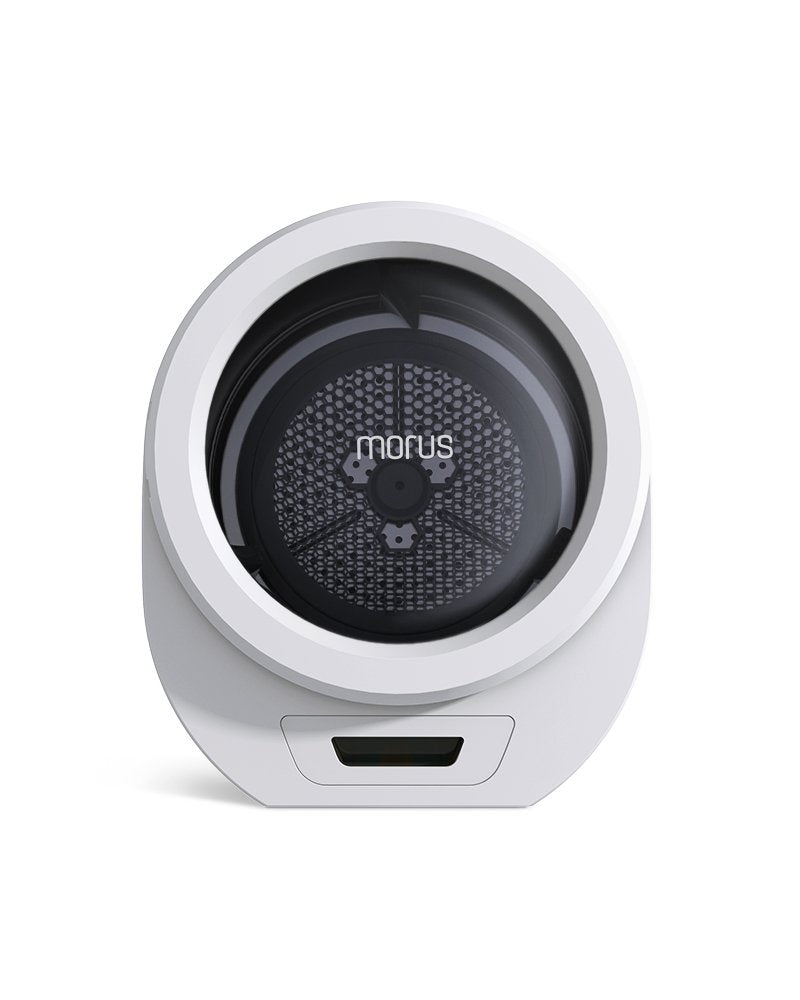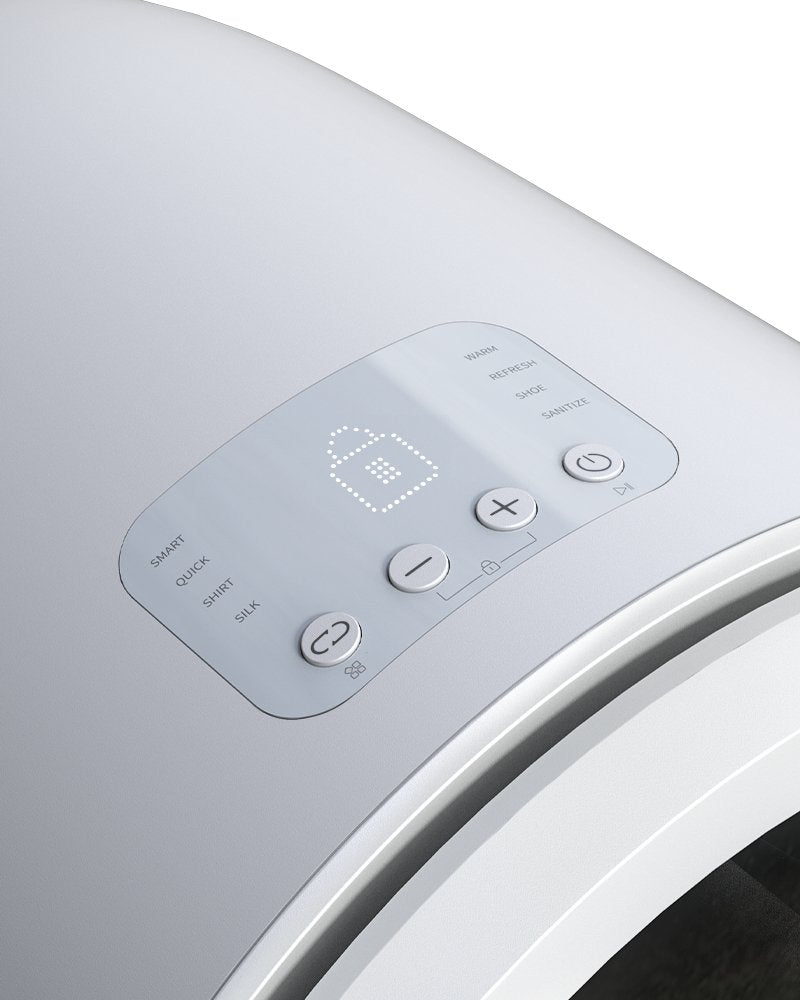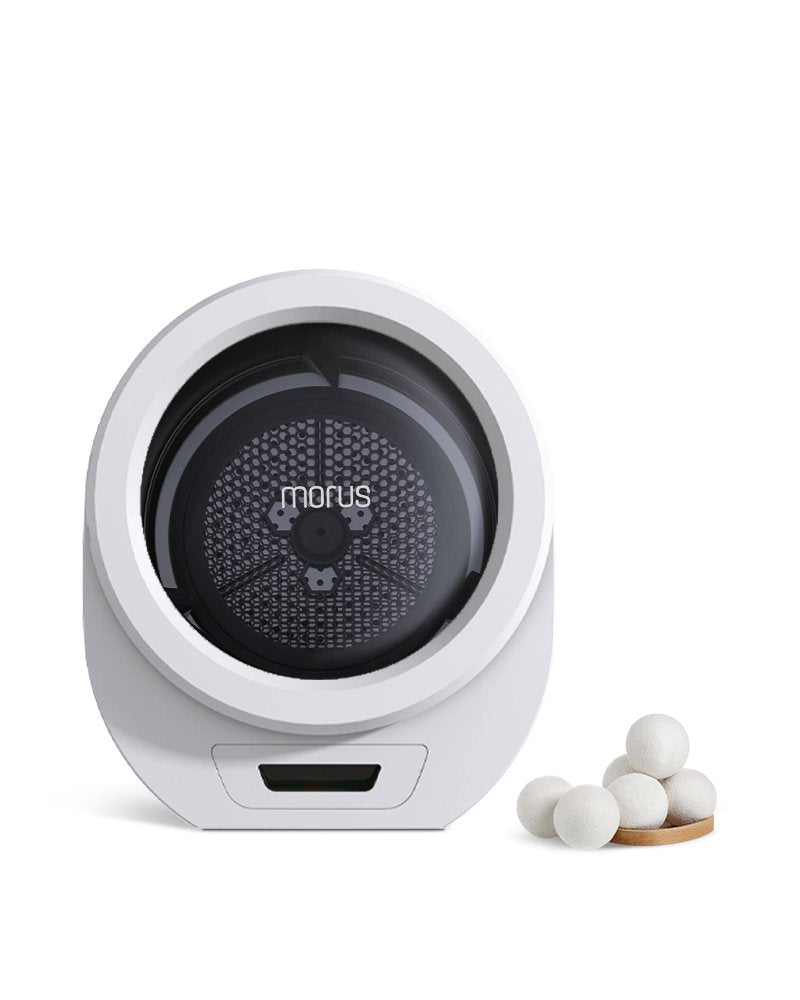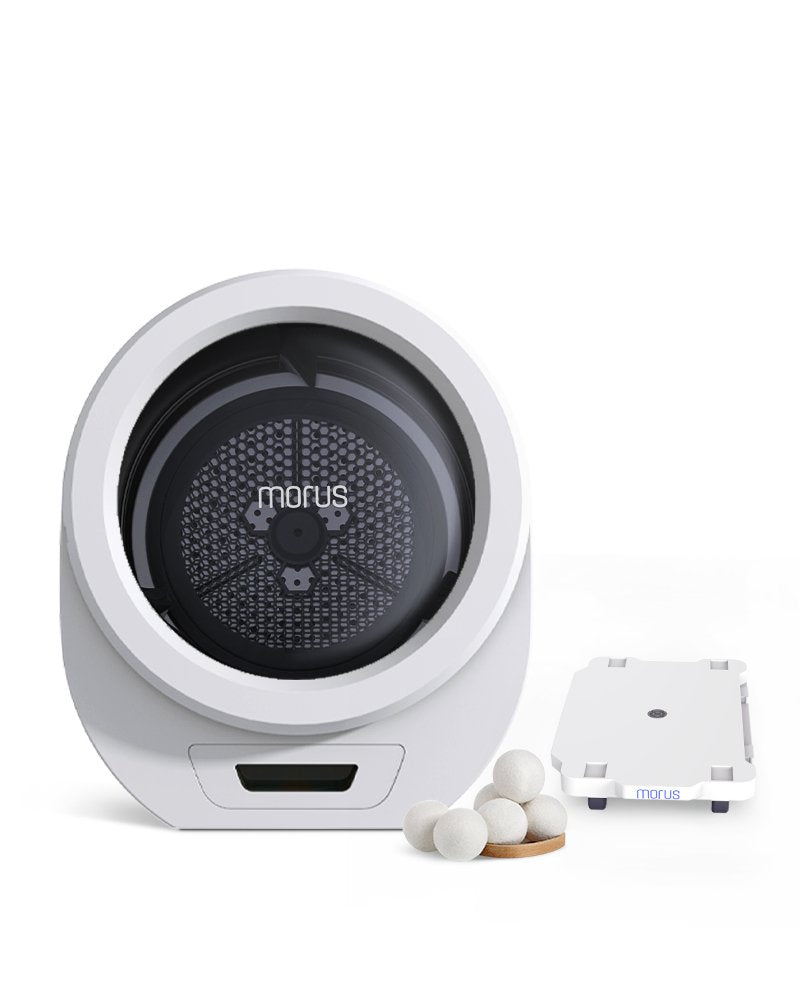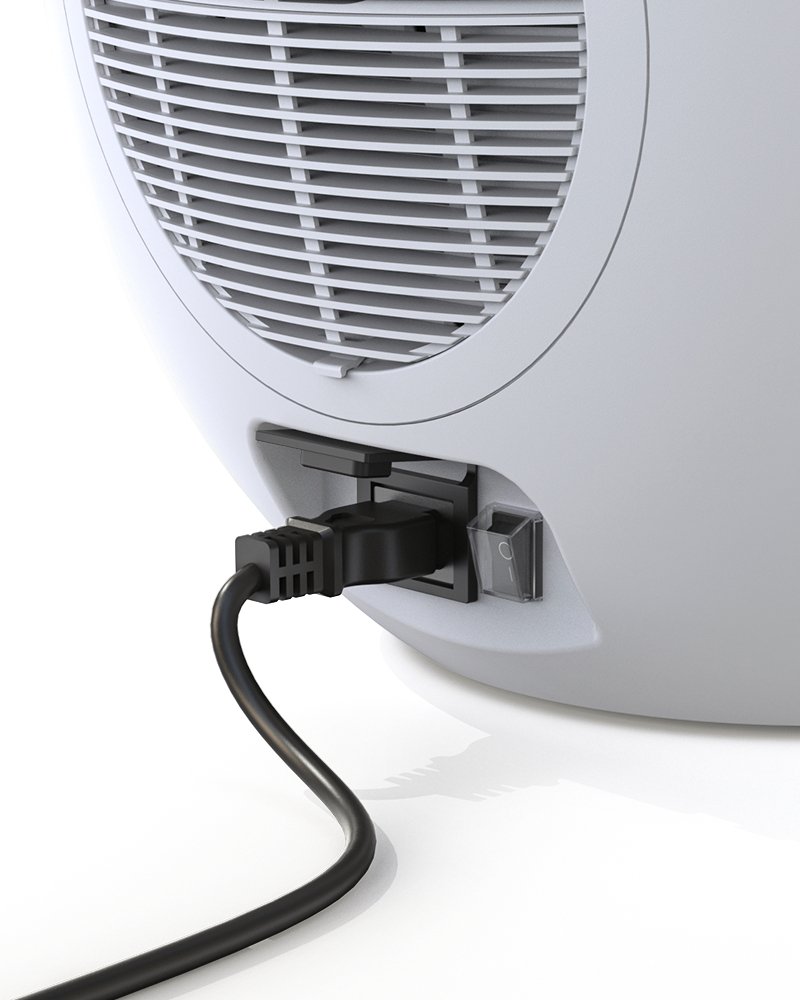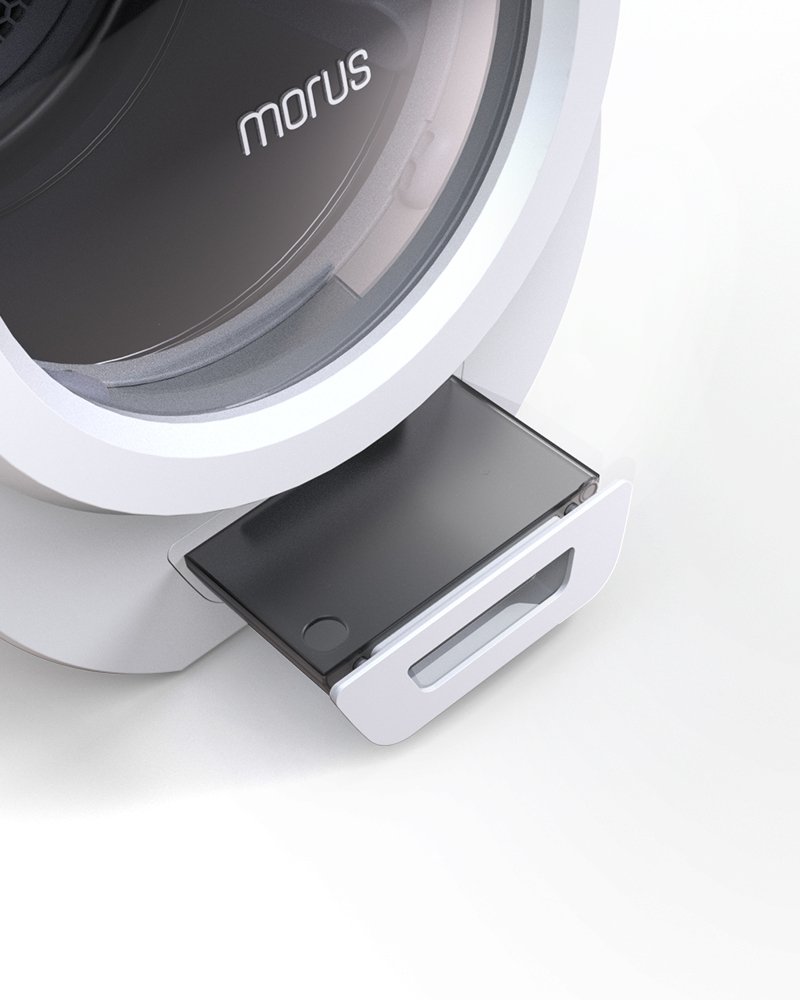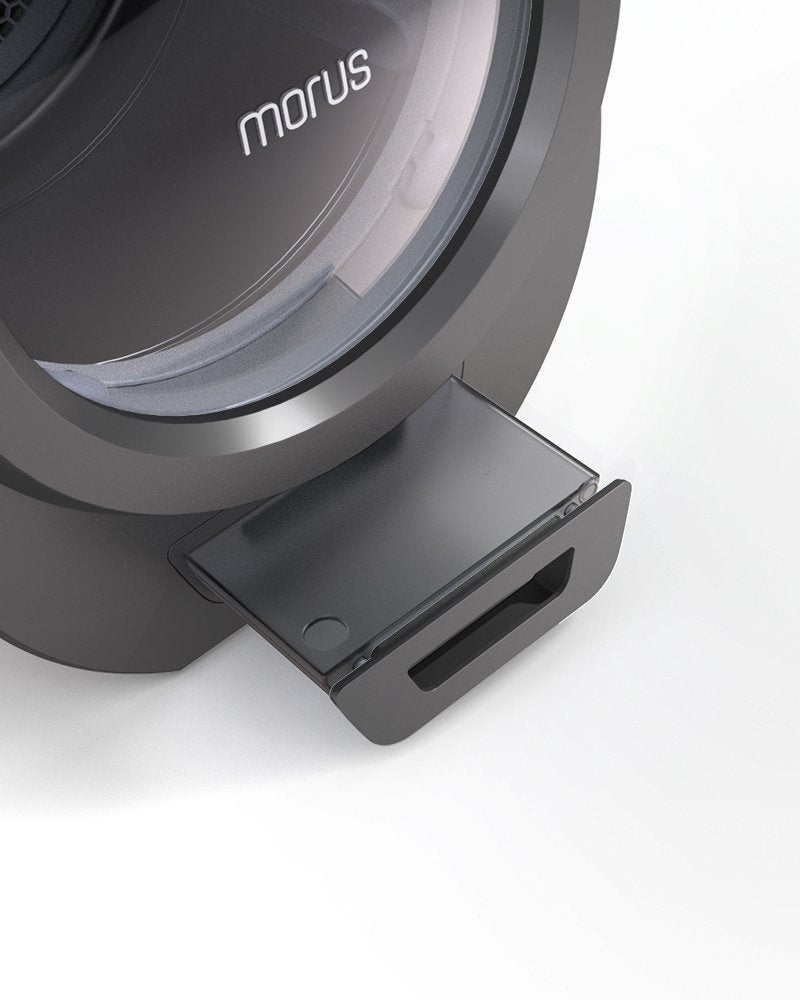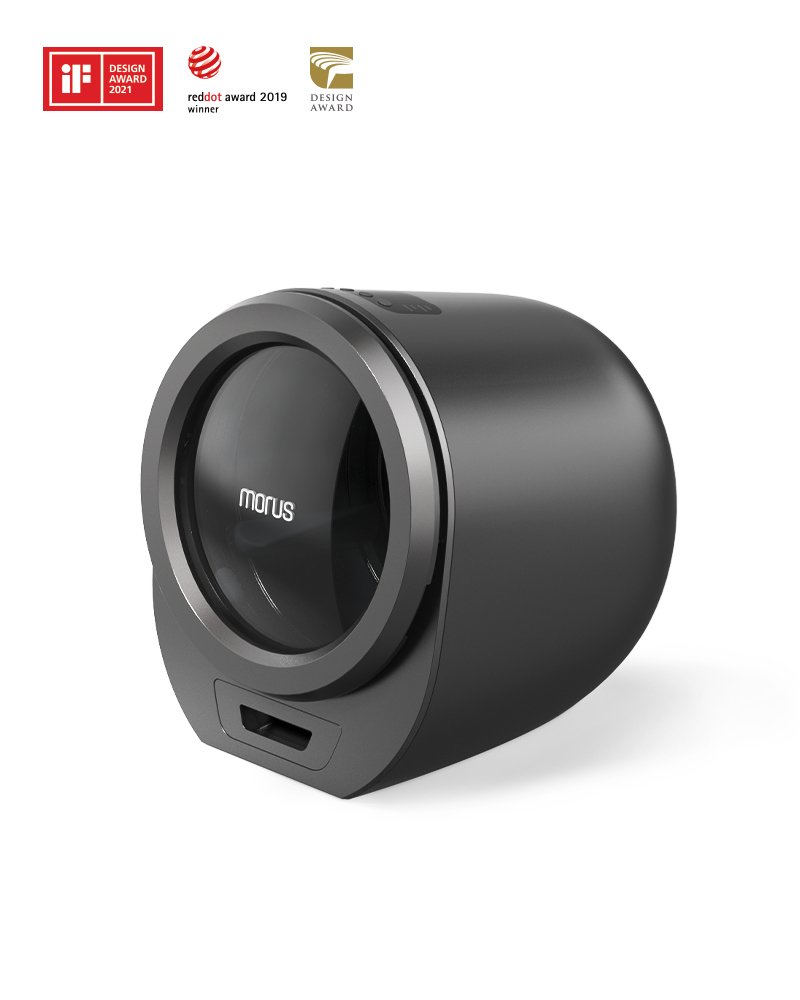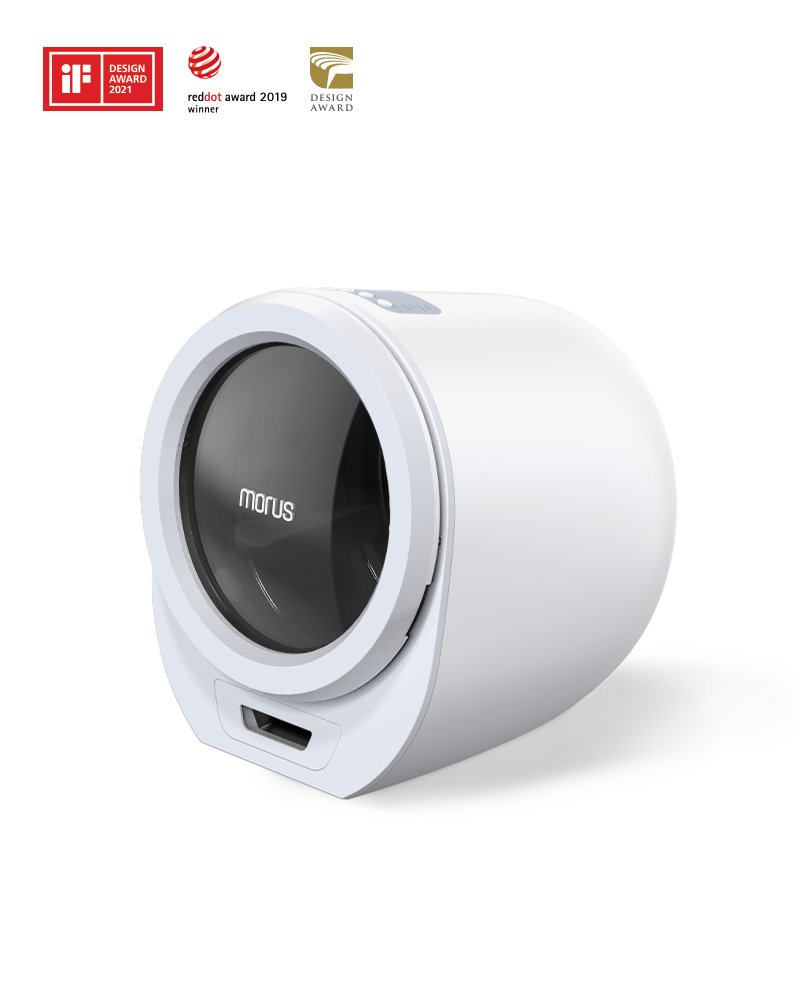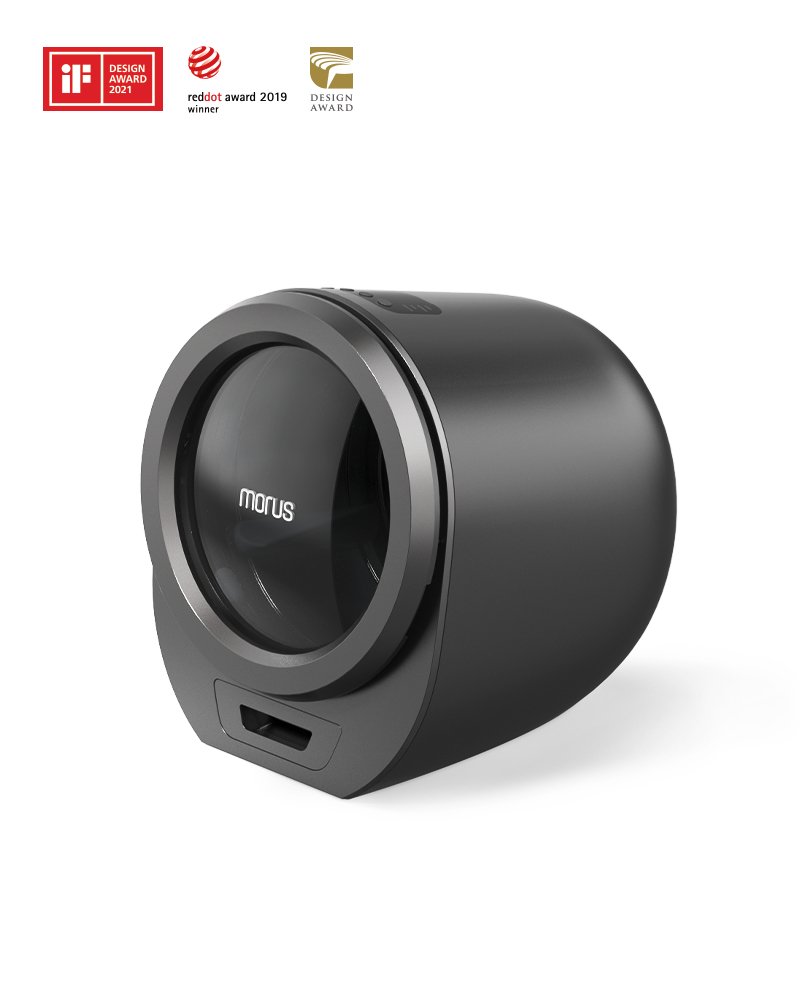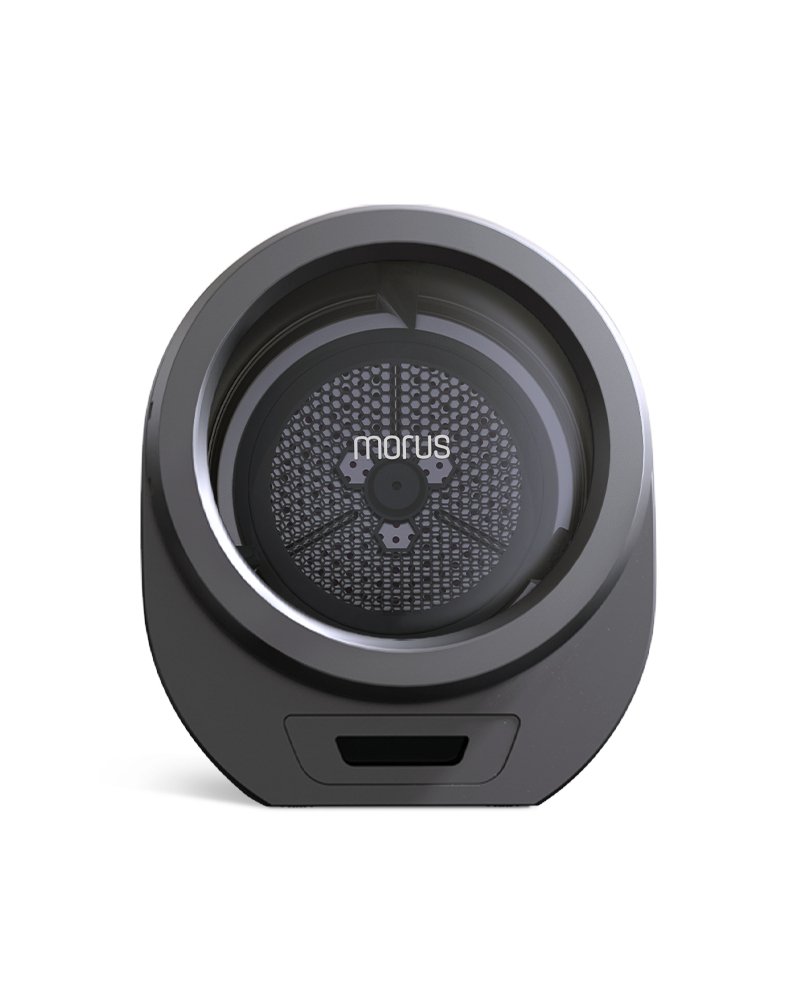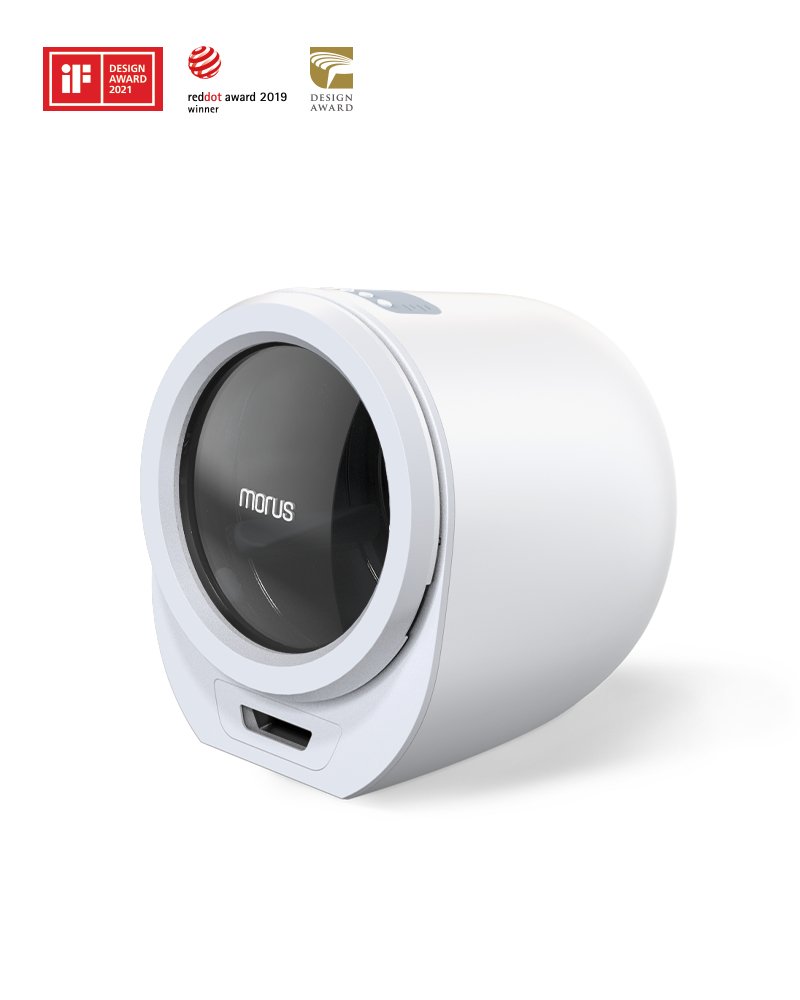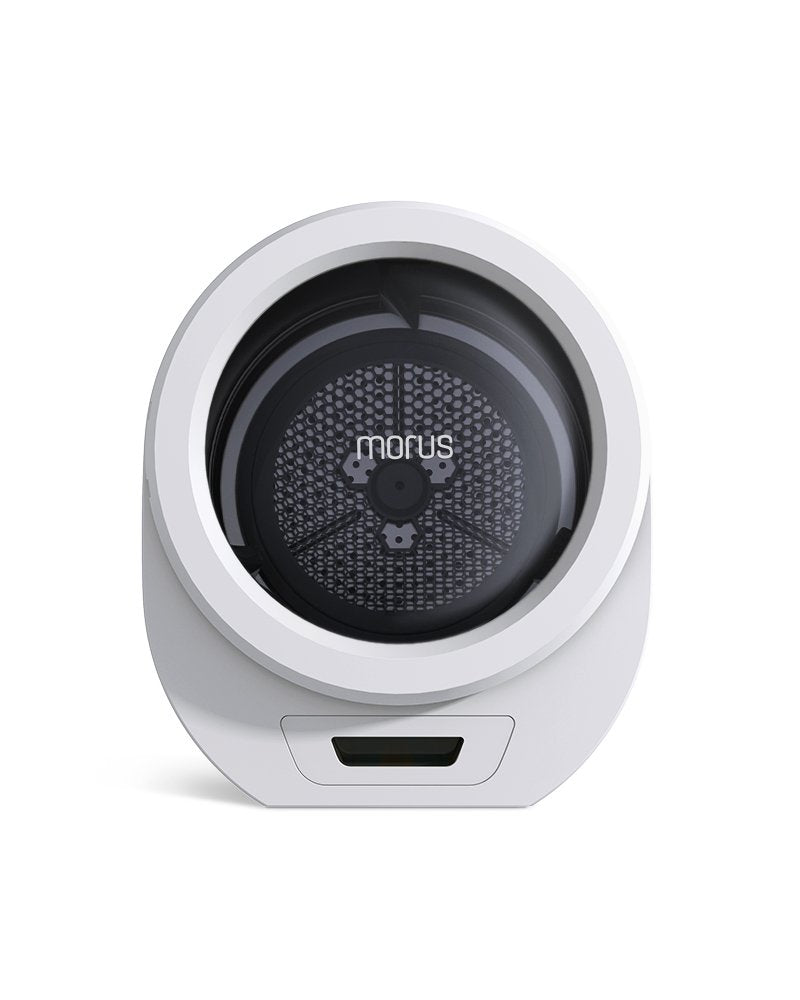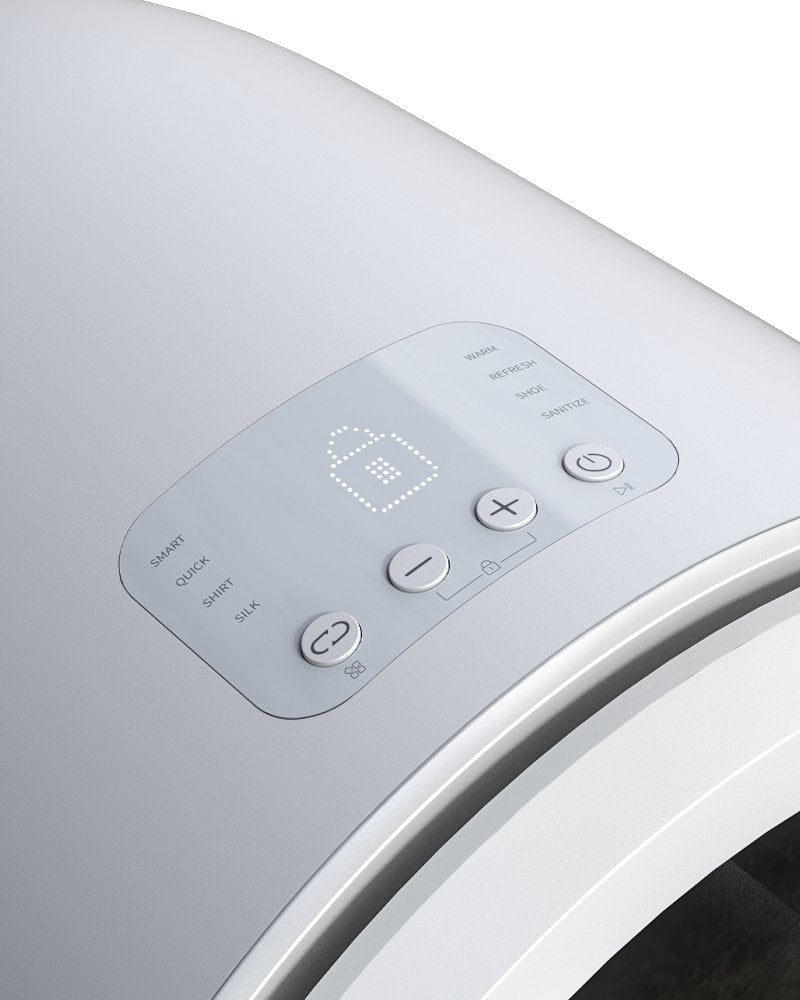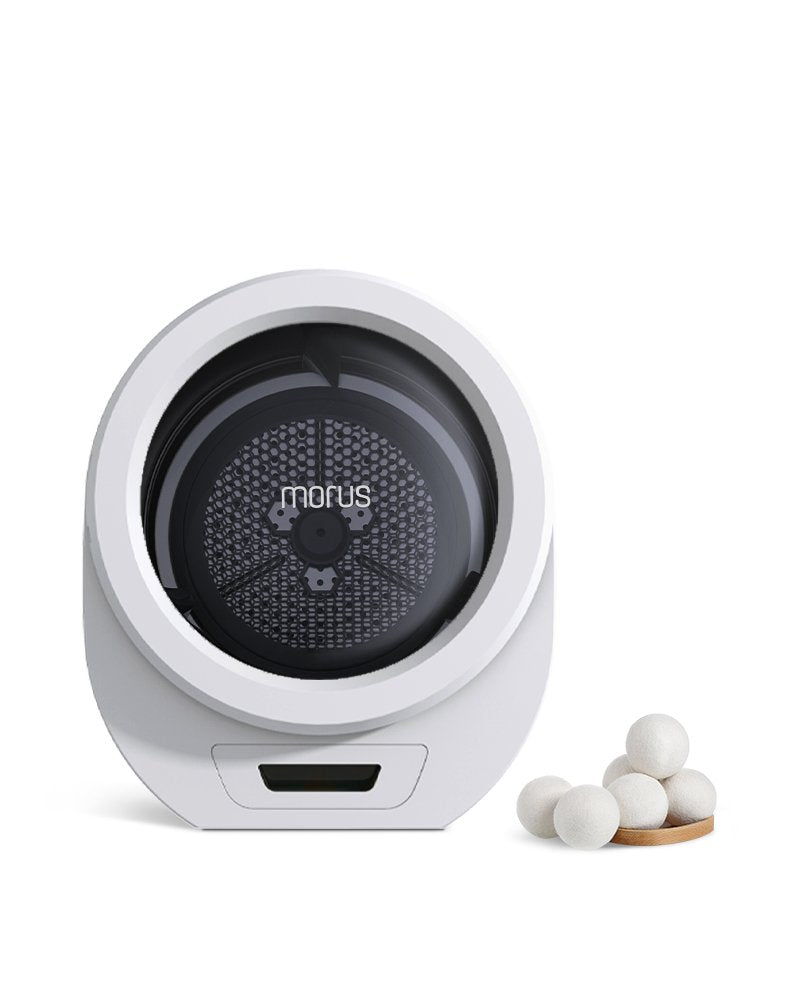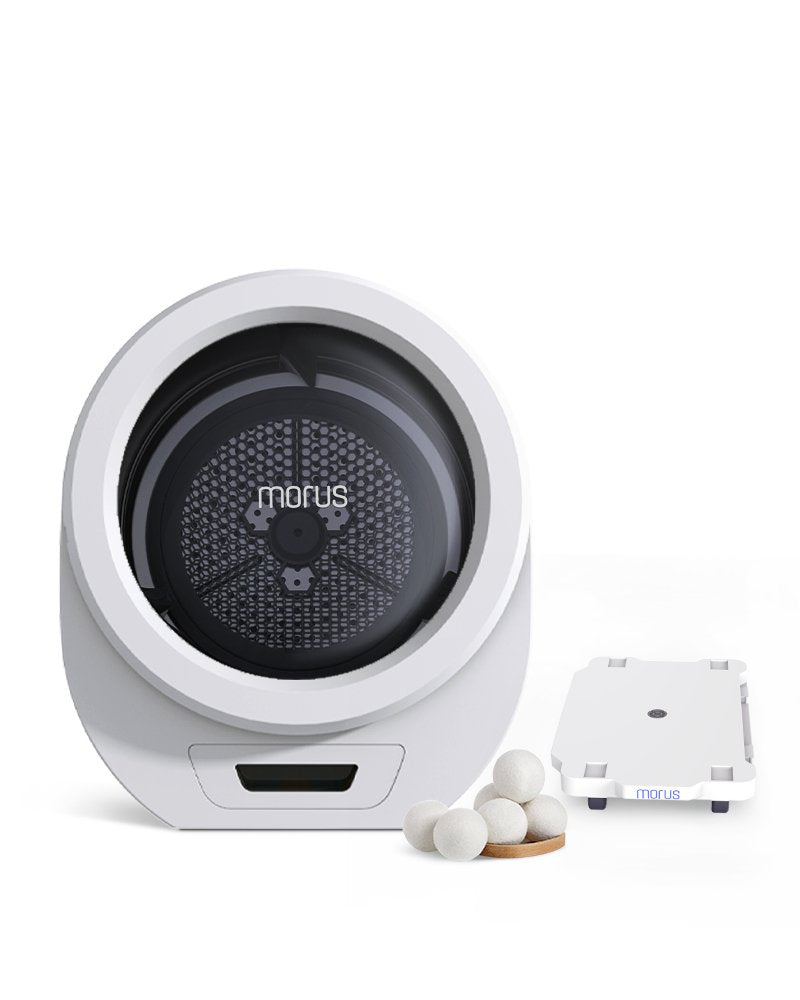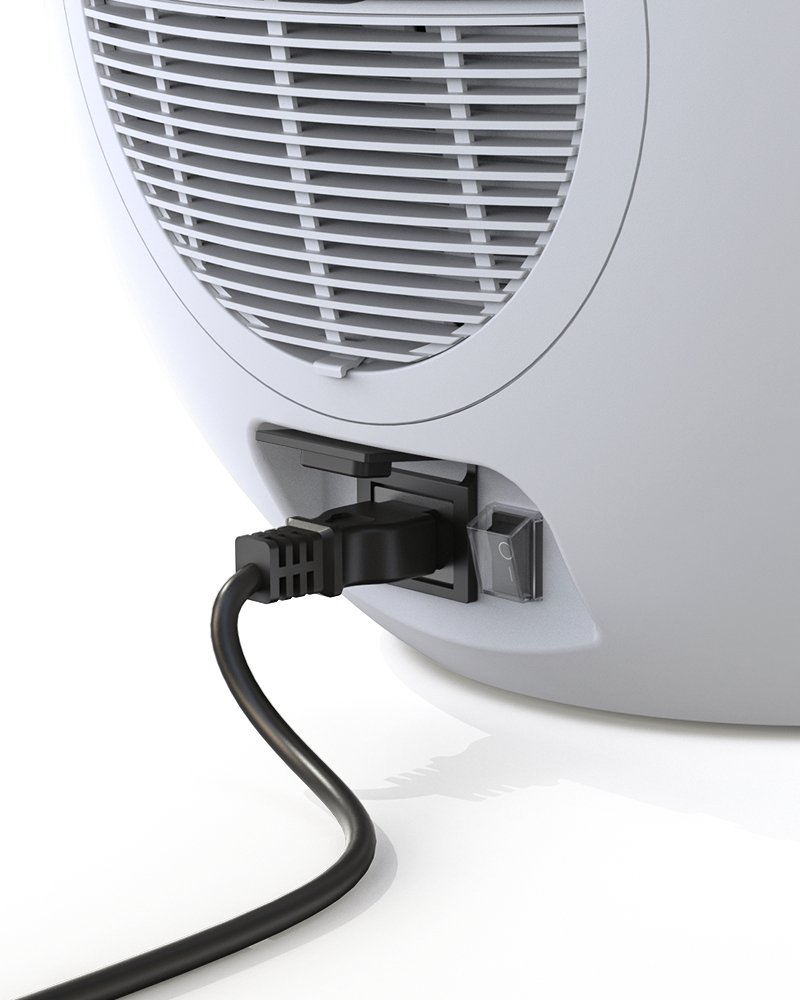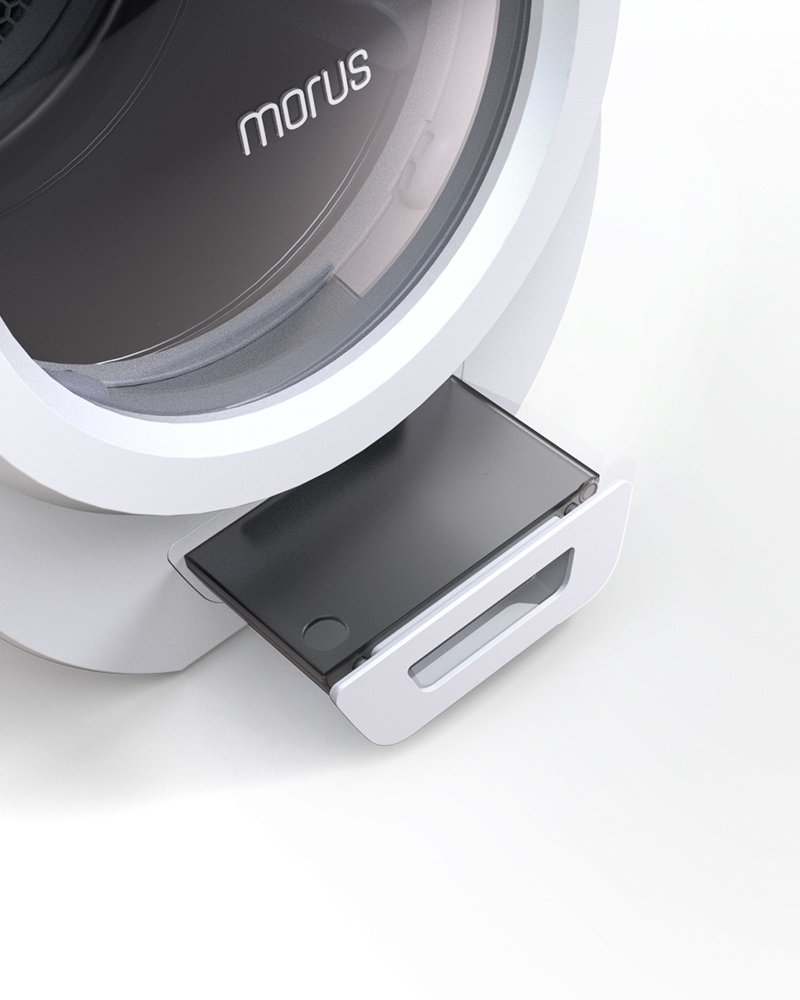
How to Dry Camping Gear in a Portable Dryer?
Morus InnovationNavigation
- Introduction
- Adjust Settings
- Reduce Load Size
- Hang Drying After
- Check Frequently
- Dry Similar Materials Together
- Conclusion
Introduction
Portable dryers offer advantages for drying camping gear. They help adjust settings for heat-sensitive items, reduce load sizes to optimize airflow, and allow for hang drying afterwards to minimize damage.
Setting medium or low heat and shorter drying cycles can avoid damage to fabrics. Drying one or two items at a time with multiple drying passes for bulkier items allows for better heat circulation and airflow around each item. You may interest in how to dry clothes while camping, click here.
Adjust Settings
After machine drying, camping equipment should be hang dried to ensure even drying and minimize stress on zippers and seams. Items should be checked frequently during and after drying cycles. Inspect gear halfway through drying and before ending cycles to remove items as they dry to avoid over-drying.
Drying similar materials together and separating heavy nylon items from lighter synthetics allows for adjusting settings appropriately for each material. The dryer filter should also be cleaned after each load of camping gear to prevent trapped debris from causing damage during subsequent drying cycles.

Reduce Load Size
For the best drying results, use portable dryers for just one or two camping items at a time. Drying bulkier items or full loads in small appliances makes it harder for heat and airflow to reach all parts of the gear efficiently.
For maximum effect, drying single tents, sleeping bags or clothing pieces at a time allows better air circulation within the dryer drum. You'll spend a bit more time loading and unloading the portable dryer, but each item will dry more thoroughly and with less risk of over-drying or damage to zippers, snaps and seams.
Start with one larger item or two smaller ones, then remove as they finish drying to make space for the next batch. Single-item drying runs will give you portable dryer power!

Hang Drying After
Once items are mostly dry from the portable dryer, it's a good idea to hang them up to finish drying naturally. This allows any damp pockets to air out fully and helps maintain the shape and integrityof the gear over time.
Sleeping bags especially benefit from a final hang-dry, allowing loft and insulation to fluff back up properly.
Hang tents from the body, not just the rain fly, and attach guy lines if possible.This allows air to circulate inside and out for even drying.
Hanging gear up after each initial dryer run reduces the need foradditional drying cycles and puts less strain on zippersthat have to endure repeated opening and closing in the machine.
A final hang-dry ensures items emerge from the portable dryer process feeling like new again, reinvigorated and ready for your next camping adventure!
Check Frequently
For best results, check your gear halfway through each portable dryer cycle as well as right before ending the dryer run. Remove any items that feel dry to the touch mid-cycle to avoid over-drying.
Over-drying can damage insulation, reduce water resistance and cause fabrics to deteriorate faster over time. Have a bowl or laundry basket handy for items you remove, then load again as others finish. Inspect zippers, straps and seams during each check to ensure they're not becoming overheated or snagged on anything.
If you notice any damage or unusual stress on parts, stop the dryer run and examine the items more closely. The added effort of checking in the middle and end of each drying cycle will ensure your portable dryer extends the life of your camping gear, not shorten it. A quick inspection or two could save you from replacing expensive items later on!
Dry Similar Materials Together
When possible, group similar materials together in the portable dryer to optimize drying and minimize damage risks. Nylon-based items like tents and rain shells generally require lower heat settings and longer drying times. Synthetic clothing like base layers and fleeces tend to do better with higher heat for shorter cycles.So separate these two common camping fabric types into different drying runs. Within each group, the thicker and bulkier the item, the lower you'll want to set the heat and the longer you'll allow it to run. Taking the time to separate and grouplike materials - while loading a few extra items into the portable dryer - will save you frustration down the road. Batches customized for specific fabrics ensure even drying and reducedsnagging that comes from items sticking together improperly. Following this practice of mixing and matching based on material type will have your portable dryer working smarter, not harder!
Conclusion
In summary, by adjusting settings, drying smaller loads, employing a final hang-dry and checking items frequently, portable dryers can effectively dry your camping essentials while minimizing wear and tear. Take the extra steps of separating materials, cleaning the filter after each use and educating yourself on fabric-specific needs - all of which add very little effort but make a huge impact. With a little know-how and some best practices firmly in place, your portable dryer can become an invaluable ally for keeping your gear in peak condition, year after year.

